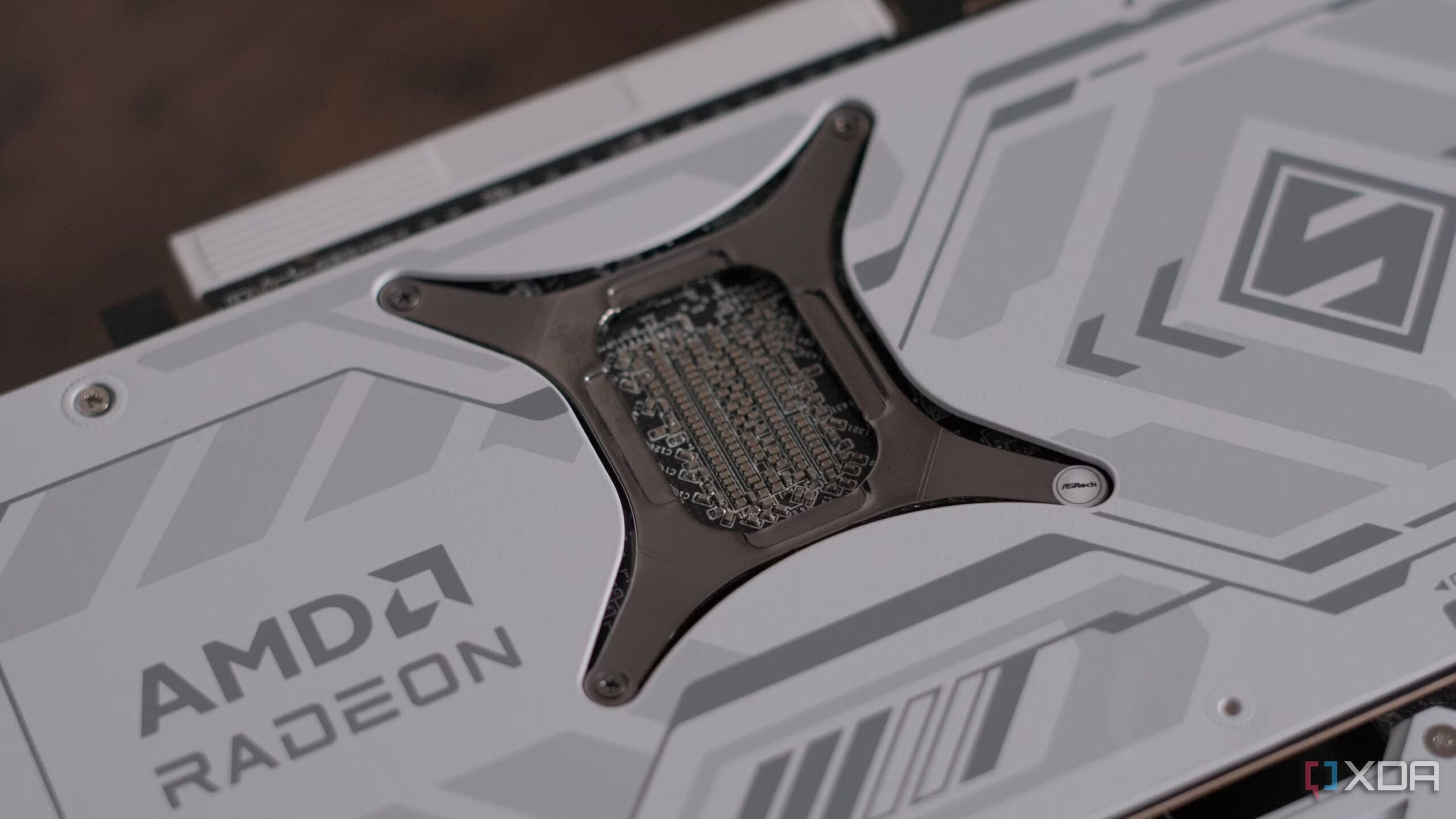UPDATE: The PC gaming market is facing a critical tipping point as Nvidia’s dominance continues to stifle competition, leaving gamers frustrated and prices soaring. Reports indicate that AMD is struggling to make significant inroads against Nvidia, which controls the high-end GPU market.
The urgency is palpable. Gamers looking to upgrade or build new systems are increasingly feeling the financial strain, with high-end graphics cards like the Nvidia GeForce RTX 5090 priced out of reach for many. Consumers are left with limited options: pay the premium for Nvidia or settle for less capable alternatives from AMD or Intel.
Nvidia’s pricing strategy has led to inflated costs across the board, making it difficult for everyday gamers to find affordable GPUs. With the crypto-mining boom exacerbating supply issues, many have had to forgo upgrades altogether. The situation is dire, as the GPU market remains stagnant, with consumers unable to find reasonably priced options.
Just yesterday, Nvidia announced a new partnership with Intel to enhance their proprietary technologies, further consolidating its power. This collaboration raises concerns about standardization in an industry that desperately needs competition. The reliance on proprietary technologies like Nvidia’s NVLink could sideline open alternatives like Ultra Accelerator Link, developed by AMD and supported by 75 other companies.
As it stands, AMD has made strides in the CPU market with its Ryzen series, but its GPU offerings still lag. The recent RX 90 series was a step in the right direction, but it’s clear that AMD has not done enough to challenge Nvidia’s stronghold. Despite some competitive pricing strategies, AMD must step up its game by promoting open standards and enhancing developer relations to gain momentum.
The fallout from the crypto-mining era has left a lasting impact. Nvidia and AMD’s mismanagement of the GPU market during this time has created a landscape where prices remain high, and availability is low. Gamers are left contemplating whether to invest in aging hardware or wait for prices to drop, while scalpers continue to exploit the situation.
The current climate calls for urgent action. To revitalize the PC gaming ecosystem, both AMD and Intel need to collaborate on developing high-quality alternatives to Nvidia’s proprietary technologies. Improved transparency in pricing and more aggressive strategies to capture market share are essential.
The stakes are high, and the future of PC gaming is at risk. Gamers deserve better options and fairer pricing. As the situation develops, we will continue to monitor Nvidia and Intel’s partnership and how it may shape the gaming industry in the months to come.
For now, the message is clear: the gaming community must push for change, demanding competition and innovation in a market that has become too comfortable with high prices and limited choices. The time for action is now.
